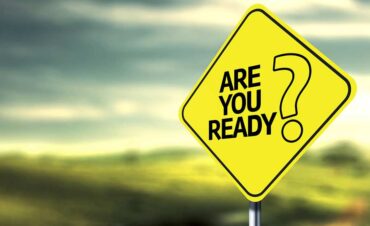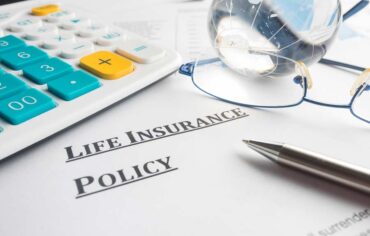For many seniors the equity in their home is their largest single asset, yet it is unavailable to use unless they use a home equity loan. But a conventional loan really doesn’t free up the equity because the money has to be paid back with interest.
A reverse mortgage is a risk-free way of tapping into home equity without creating monthly payments and without requiring the money to be paid back during a person’s lifetime. Instead of making payments the cash flow is reversed and the senior receives payments from the bank. Thus the title “reverse mortgage”.
Many seniors are finding they can use a reverse mortgage to pay off an existing conventional mortgage, pay off debt or help pay for home repairs, remodeling or long term care needs.
False Beliefs
“The lender could take my house.” The homeowner retains full ownership. The Reverse Mortgage is just like any other mortgage; you own the title and the bank holds a lien. You can pay it off anytime you like.
“I can be thrown out of my own home.” Homeowners can stay in the home as long as they live, with no payment requirement.
Virtually anyone can qualify. You must be at least 62, own and live in, as a primary residence, a home [1-4 family residence, condominium, co-op, permanent mobile home, or manufactured home] in order to qualify for a reverse mortgage.
There are no income, asset or credit requirements. It is the easiest loan to qualify for.
The amount of reverse mortgage benefit for which you may qualify, will depend on your age at the time you apply for the loan, the reverse mortgage program you choose, the value of your home and current interest rates. As a general rule, the older you are and the greater your equity, the larger the reverse mortgage benefit will be (up to certain limits, in some cases).
The reverse mortgage must pay off any outstanding liens against your property before you can withdraw additional funds.
The loan is not due and payable until the borrower no longer occupies the home as a principal residence (i.e. the borrower sells, moves out permanently or passes away). At that time, the balance of borrowed funds is due and payable, all additional equity in the property belongs to the owners or their beneficiaries.
The most popular reverse mortgage plan is the HECM. (Home Equity Conversion Mortgage) Over 90% of all reverse mortgages are HECM contracts.
You must participate in an independent Credit Counseling session with a FHA-approved counselor early in the application process for a reverse mortgage. The counselor’s job is to educate you about all of your mortgage options. This counseling session may charge a fee to the borrower and can be done in person or, more typically, over the telephone. After completing this counseling, you will receive a Counseling Certificate in the mail which must be included as part of the reverse mortgage application.
You can choose 3 options to receive the money from a reverse mortgage:
- all at once (lump sum);
- fixed monthly payments (for up to life);
- a line of credit; or a combination of a line of credit and monthly payments.
The most popular option, chosen by more than 60 percent of borrowers, is the line of credit, which allows you to draw on the loan proceeds at any time.
Keeping money in a reverse mortgage line of credit in most states will not count as an asset for Medicaid eligibility. It is best to get an opinion from an Elder Attorney in your state.
Tom MacDonald, in his article on “ReverseMortgageconsultant.com”, makes the following statement about Medicaid, Med-Cal or SSI requirements:
No matter how you take your money in a reverse mortgage, it is considered a loan. If you are looking at a financial statement, it is a liability, not an asset. The home is the asset. Many times we refer to the monthly payments incorrectly as monthly income. Neither the IRS nor Medicaid nor any other agency count the funds from a reverse mortgage as taxable income or qualifying income. Think of taking a cash advance from a credit card. It is money you owe to the credit card company. I’ve not see an agency consider the money from a cash advance as income. The funds from a reverse mortgage are similar.
The Medicaid, Medi-Cal or SSI guideline you need to be most cautious of is the cash on hand guideline. Once example is the requirement you have no more than $2,000 in your bank accounts. If you are taking $1,000/mo of payments from a reverse mortgage and spending only $500/mo, it is obvious that you will exceed the $2,000 guideline within a few months. So, when taking monthly payments, take no more than you know you will be spending every month.






